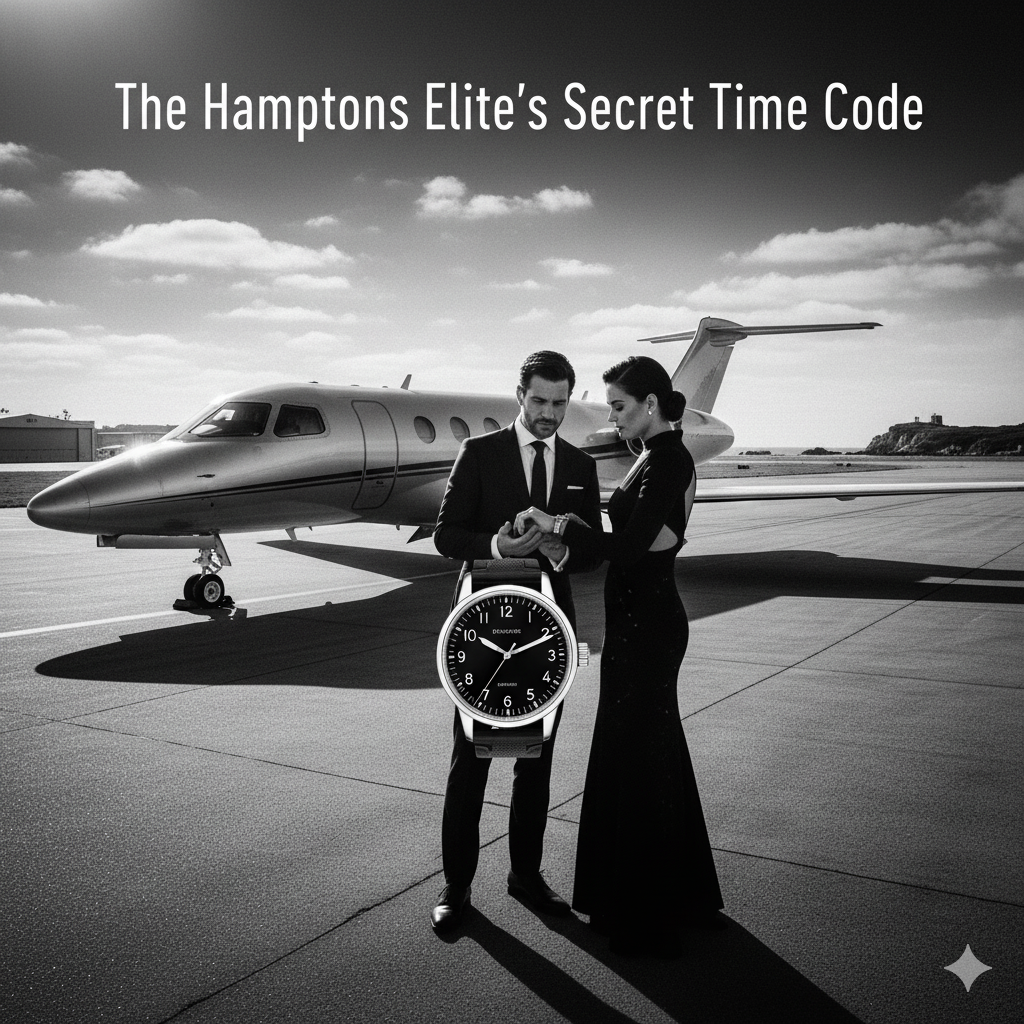The question isn’t, “what is the price of a private jet?” The question is, “what is the price of the *annual, non-negotiable expense* of a private jet?” Consequently, the difference between those two numbers is the chasm that separates the *aspirational* from the solvent. Furthermore, the sticker price—that shiny, headline-grabbing number between $2 million for an older light jet and $80 million for a brand-new Gulfstream G700—is nothing more than a sales pitch. It’s a rounding error next to the relentless, annual cash burn that defines true ownership.
Moreover, what you are buying is not an asset; it’s a liability generator. It’s the highest form of consumption disguised as convenience. The market for ultra-long-range jets continues to climb because the one thing money cannot buy—time—must be protected at all costs. The jet is the ultimate firewall against the tyranny of the commercial schedule. Industry reports confirm that new jet prices range from $5 million to over $80 million, yet emphasize the massive discrepancy between sticker price and lifetime cost.
The Three Layers of Cost: The Financial Horror Show
To truly understand what is the price of a private jet, you must dissect the three buckets of money that bleed from your balance sheet every single year. The sticker price gets you the key; these three categories pay the ransom.
Layer 1: The Acquisition – The Lie of Depreciation
Most buyers forget that a jet is a machine designed to fly, which means it is in a state of perpetual decay. Furthermore, unlike real estate, jets are a depreciating asset, often losing 10-15% in the first year alone. The only thing worse than writing a check for a $40 million machine is watching its value erode while it’s sitting motionless in a hangar. However, for a savvy few, pre-owned jets starting as low as $1-2 million offer a lower entry point, though this usually means a higher maintenance tax later. There is no free ride.
Layer 2: The Fixed Overhead – The Non-Negotiables
This is where the actual wealth is signaled. This is the annual tax of exclusivity that you pay whether the plane flies 50 hours or 500. For a midsize jet, the total fixed annual costs are conservatively estimated at $500,000 to over $1 million. That’s before the engines are even started. This includes:
- Crew Salaries: Two pilots at $85,000 to $300,000+ each, plus benefits and training.
- Hangar Fees: Storage in a desirable location like Teterboro can run $30,000 to over $200,000 annually.
- Insurance: Premiums easily run from $15,000 to $85,000+ for larger craft.
- Management Fees: If you hire a firm to handle scheduling and logistics, budget an extra 10-15% of the total operating costs.
Consequently, the true owner is committed to this expense—no matter what. Leading private aviation experts report that the true annual fixed costs for a midsize jet can surpass $1.2 million, significantly higher than often quoted estimates.
Layer 3: The Hourly Burn – The Cost of Motion
Once you are actually in the air, the meter is running. The jet does not care about your stock portfolio. This is the variable cost, and it is merciless. Fuel, the single largest variable expense, will eat 25-35% of your total operating budget.
- Light Jets: Burn roughly $2,500 per occupied flight hour.
- Heavy Jets (e.g., Gulfstream G650): Burn between $6,000 and $8,000 per hour, sometimes more.
And then there is the elephant in the hangar: Maintenance. Engine overhauls are seven-figure events that happen with terrifying regularity. A detailed breakdown shows that variable costs alone—fuel, maintenance, landing fees—can push the annual operating budget toward $1 million, confirming that the real price is operational.
Fractional vs. Whole Ownership: Buying the Illusion
The only escape from this financial quagmire is to buy a fraction of the agony. Fractional ownership allows the consumer to buy a smaller share (e.g., 1/16th), which grants 50 hours of annual flight time. Consequently, you pay a lower capital investment ($200k–$1M) and a fixed monthly management fee, but you lose the one thing the whole jet gives you: absolute, immediate control.
However, if you fly less than 50 hours a year, fractional is a smarter move. If you fly over 100 hours, the sheer volume of flight time justifies bearing the full cost of ownership. The choice is between manageable pain and catastrophic, self-inflicted damage. Industry guides clearly delineate that whole ownership is only financially viable for those flying over 100 hours annually. This makes fractional a necessary compromise for most high-end users.
Conclusion: The Undeniable Moral—The True Cost Is Certainty
The price of a private jet is not the price of the metal; it is the price of certainty. It is the cost of never having to wait, never having to share a terminal, and never having to apologize for your schedule. Furthermore, the relentless, multi-million dollar annual burden is the vigilance tax you pay to maintain that absolute, exclusive control. That control is the only asset that appreciates.
The market is brutal, and the cost is unforgiving. Our audience understands that investment is only worthwhile if the return is absolute exclusivity and control. Click here to examine the annual reports of major luxury holding companies and see where true capital is deployed.
Related Articles You Can’t Afford to Miss:







